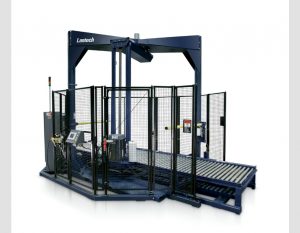
L freight company is more advantageous than shipper.
Almost every unloaded tray will be weighed is likely to happen.
Money is the main reason. But until recently, that was the case for airlines.
Twenty years ago, it was not realistic for airlines to weigh in on each item. You can put every tray on the truck on the platform, which is too time-consuming. So, weighed only 30% of the load. Therefore, we can see that when the carrier is receiving the shipper’s bill of lading, checking its accuracy is not done, so a lot of money is lost. The shipper, in turn, receives very little of the penalties that are inconsistent with it.
The Times have changed.
It is the loading unit that enables the operator to create a new revenue stream that was previously not possible. In the late 1990s, the forklift scale was invented by a manufacturer of scale. This invention eliminates the time-consuming steps required to move the tray to the platform scale.
Federal legislation requires any company to use sterling as a unit to measure accuracy and to use certified legal trade standards. This certification allows the carrier to measure the weight of the shipper without using the same exact size to be guaranteed. Not to mention, in three months, most of the trade could prove to be self-paying.
When found that don’t match, the weight difference will be operators to charge shipper, and will charge have been adjusted, from $15 to readjust to $25, does not take place if the conditions agreed in the contract.
Now, the new technology has been adapted to airlines, and they have recovered the damage they experienced during the recession and the use of forklift.
L trucking companies are paying a $1 billion fine, or a 3 percent fine, for profit in the $32 billion industry.
Are you looking for other ways to improve? All of our 10 steps need to be checked, and the damage can be reduced through more effective stretching. Our process will show you a lot of things:
Reduce shipping losses by 50%! What is the key element of the stretching packaging standard? How to manage the containment force – what is the most critical part of stretching?